There are heaps of construction materials in this courtyard, with an unpainted building and a field of dirt in the background. There’s a pitch where some teenagers running barefoot are chasing a yellow ball; it’s made up of patches of grass and some goalpost debris. The only things that brighten an otherwise bleak desert village are the vibrant clothes and the exquisite painting by Mohamed Salah.

About 80 miles from Cairo, in the working-class village of Nagrig in the Nile delta, Salah began chasing his dream of being a professional football player. Salah’s ideal teams were Al Ahly and Zamalek, two of the best teams in Egypt. Loved by Zinedine Zidane and Francesco Totti, Salah would spend hours in dark alleyways attempting to mimic the beauty he saw on TV.

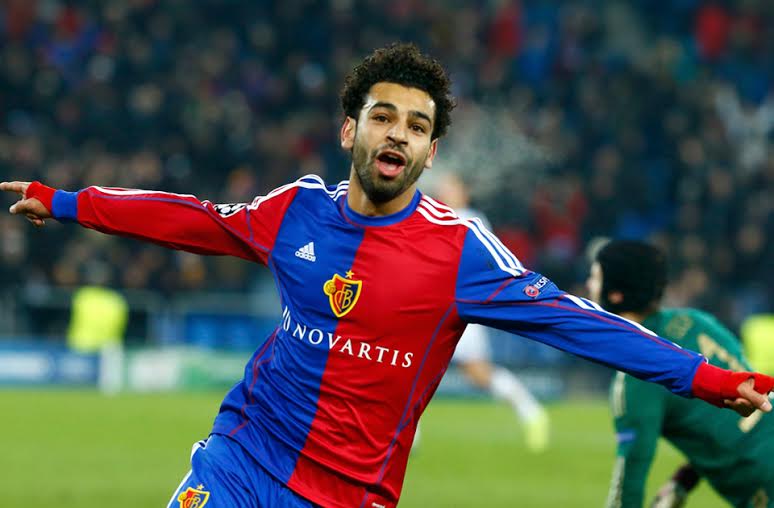
Playing for his hometown team, Ittihad Basyoun, Salah made an impact on a scout before enrolling in the Al Mokawloon program in 2006. Salah, who was only fourteen, would travel five hours to and from training in Cairo, changing buses four or five times. Salah put in a lot of effort and demonstrated promise, leading coach Mohamed Radwan to move him up to the first squad. Radwan quickly adjusted Salah’s diet and training schedule to match the physical characteristics of the older players. He was an excellent fullback in his early years, capable of moving the ball far into the opposition’s half. Salah became a vital member of the team after being switched to the striker position and starting every game in 2011–12.
Salah’s domestic season was cut short due to the Egyptian Premier League’s ban following the horrific riots at Port Said Stadium. Salah scored two goals in a friendly match to help Swiss club FC Basel upset Egypt’s U-23 team 4-3 shortly afterward. Salah impressed club president Bernhard Heusler, who requested that Salah stay for a week-long trial before agreeing to a four-year contract. Salah originally found it difficult to adjust to life in Switzerland due to the language barrier and the belief that he would replace two outstanding Swiss players, Granit Xhaka and Xherdan Shaqiri. The Egyptian winger, who had some early setbacks but quickly got back on track, scored the game-winning goals that delivered Basel their fifth consecutive league triumph.
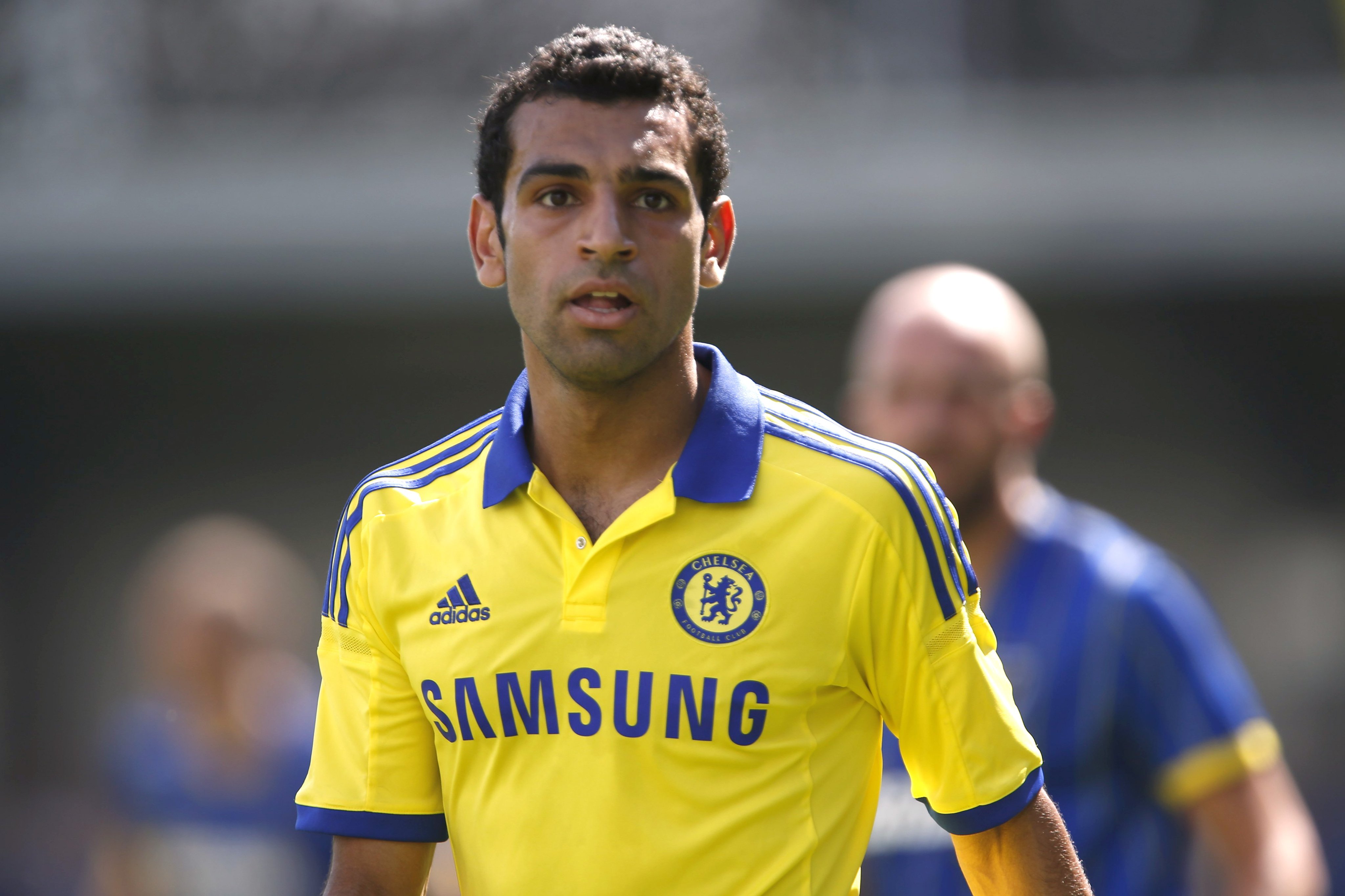

Chelsea F.C. spent 11 million euros to get Salah in January 2014, carrying on the amazing legacy of African players in the Premier League. When Salah joined an Ivory Coast team consisting of veteran players, like Didier Drogba, José Mourinho benched him and gave him very little playing time. In February of the following year, Salah was loaned by Chelsea to Fiorentina of Italy, where he played for eighteen months. Salah has made a comeback to the spotlight, embarrassing multiple Italian defences with his lightning-fast speed and goal-scoring instincts. Following his triumphs over Juventus and Inter Milan, the Egyptian gained the attention of some of Europe’s best teams. After an amazing season in Rome, Salah turned down a loan with Florence in favour of signing with A.S. Roma. Roma qualified for the Champions League and finished third in the 2015–16 season, behind Napoli and Juventus, thanks to Salah’s 15 goals. The following season, Roma finished in second place, four points behind the eventual Champions League winners, Juventus. Salah, who scored 19 goals for the team in his final game, was the ideal replacement for childhood idol and club legend Francesco Totti.
How many kids does the Liverpool star have? Who is the wife of Mo Salah, Magi Salah? The attacker for Liverpool is a devoted Muslim who prefers to keep his family out of the spotlight.
In the summer of 2017, Salah—the first Egyptian player ever recruited by Liverpool F.C.—was sold to the team for a club record 34.3 million euros. Salah embodied manager Jürgen Klopp’s aggressive, “Gegenpressing” style of play, thus the game was likely to be exciting. That demonstrates just how effective Salah’s rookie campaign was. He beat the record set by Cristiano Ronaldo in 2008 for the most goals in a Premier League season (38 games) with 32 goals. Salah, who won the Golden Boot and was awarded PFA Players’ Player of the Year, assisted Liverpool in winning the Champions League. Despite the well-known injury that Spanish centre back Sergio Ramos caused to Mohamed Salah, Real Madrid prevailed in the game. In 2018, Salah, who had been sidelined by a shoulder injury all summer, captained Egypt in their short World Cup run in Russia.
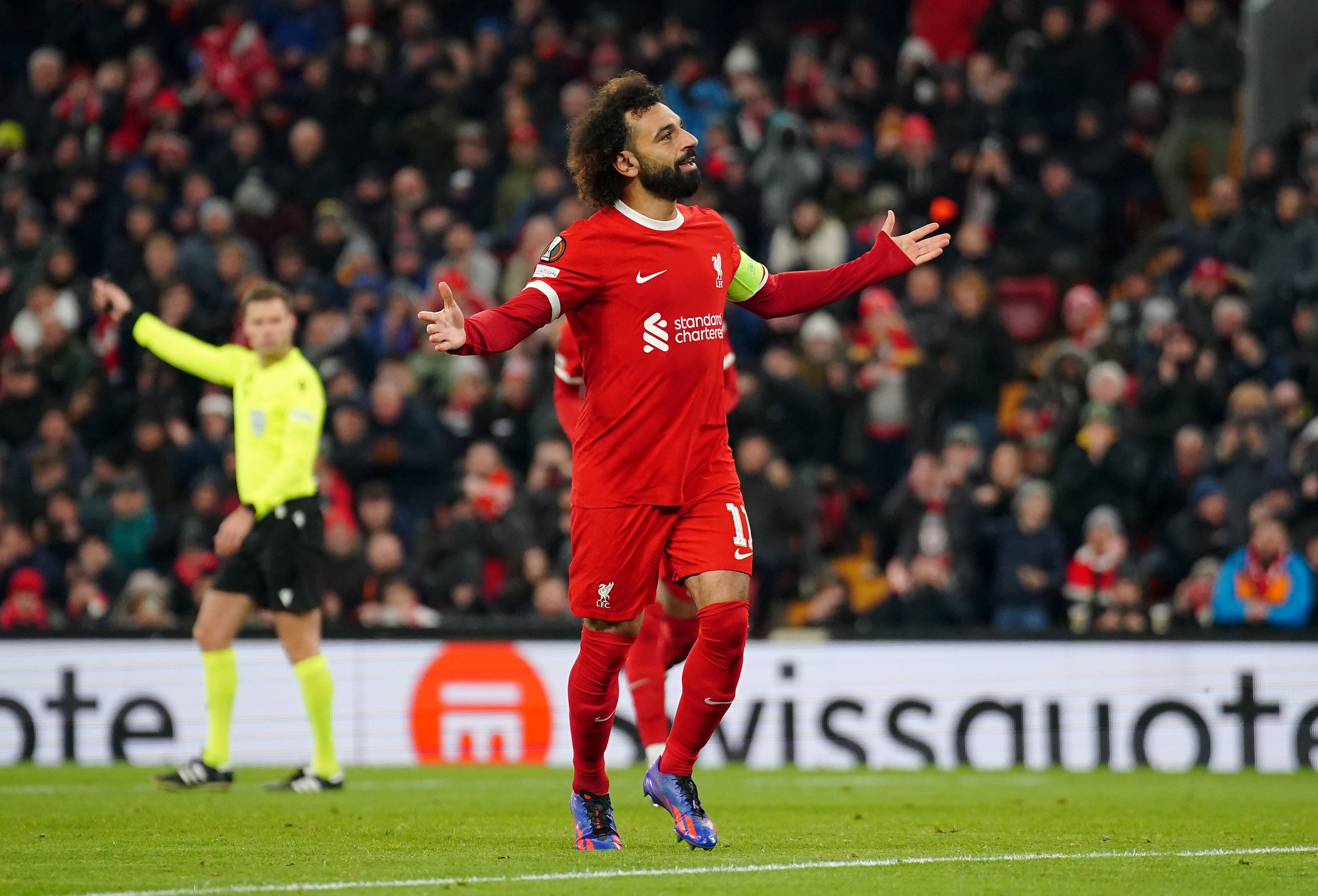
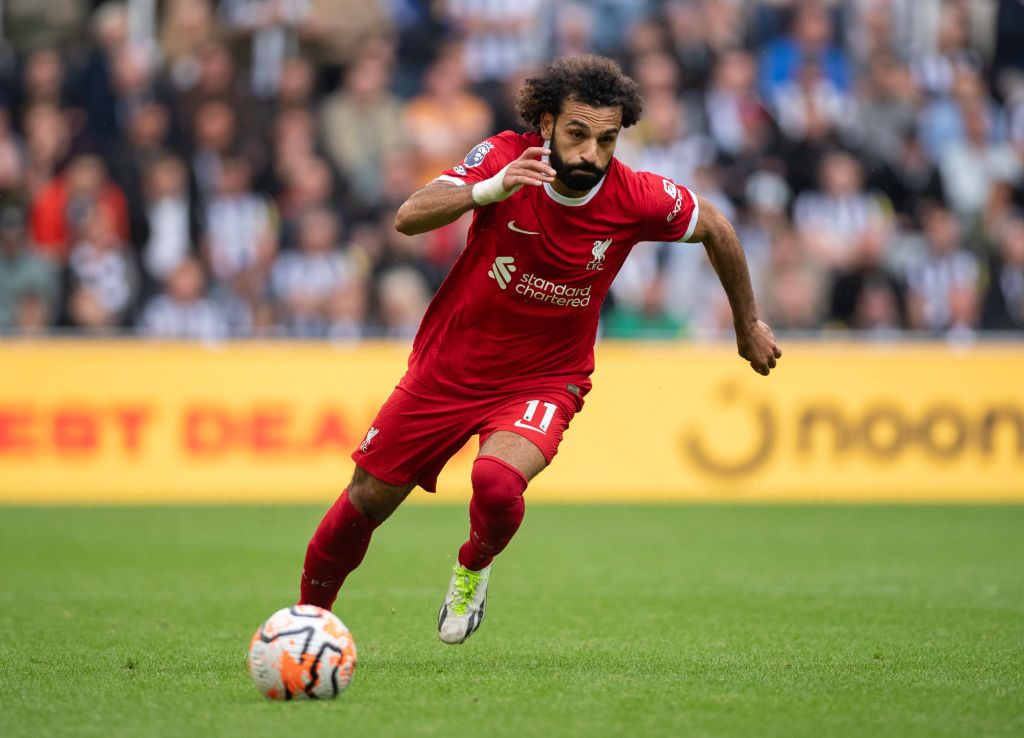

Going ahead, Salah’s recent success—particularly his three trick in a 5-0 annihilation of Manchester United at Old Trafford—has drawn comparisons to Leo Messi. Messi won the UCL and the Premier League in three amazing years. The “Egyptian king,” as he is referred to at Anfield, hasn’t forgotten his origins despite all the accolades.
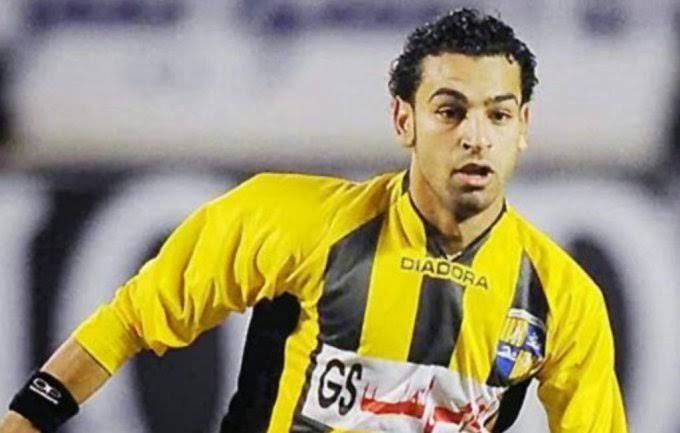
The construction of new mosques, schools, and hospitals in Nagrig by Salah has instilled optimism in the Arab young for an improved future. Salah sent money to the nonprofit that supplied patients with oxygen supply in an emergency during the outbreak.

In a respectful expression of his Islamic faith, Salah always bows his head and lowers his forehead after scoring a major point. Salah goes beyond his position as Liverpool’s top striker in a culture that is rife with prejudice and intolerance. He is a representation of tog

etherness, love, and passion and the value of all identities.